The modern workplace often feels like a battleground for time – between meetings, deadlines, and endless emails, finding moments for self-care seems impossible. Yet, a growing movement of professionals is rewriting the rules of fitness by integrating subtle exercises into their workday without ever changing out of their suits. These "suit-and-sneaker revolutionaries" are proving that wellness doesn’t require a gym membership or even breaking a sweat in the traditional sense. Their approach is less about bulging biceps and more about sustaining energy, focus, and long-term health amid the demands of corporate life.
What makes this trend fascinating is its rejection of all-or-nothing fitness culture. Instead of squeezing in rushed lunchtime workouts or guilt-tripping over missed sessions, office warriors are embracing micro-movements – small, deliberate actions that counteract the physical stagnation of desk jobs. From isometric leg lifts during conference calls to discreet shoulder rolls between spreadsheet tasks, these practices accumulate into tangible benefits over time. The philosophy hinges on consistency rather than intensity, making it uniquely sustainable for busy professionals who’ve grown disillusioned with conventional exercise regimens.
The science behind this approach is surprisingly robust. Research in occupational health reveals that frequent, low-intensity movement throughout the day can be more effective for metabolic health than a single daily workout followed by prolonged sitting. When we engage our muscles regularly – even minimally – we maintain better circulation, stabilize blood sugar levels, and prevent the muscle atrophy that accompanies sedentary lifestyles. Neuroscientists also note that these micro-activations stimulate brain function, potentially enhancing creativity and problem-solving abilities during work hours.
Some particularly inventive office athletes have developed signature techniques tailored to corporate environments. One management consultant swears by "stealth calf raises" while waiting for the elevator – rising onto the balls of his feet repeatedly until the doors open. A financial analyst has mastered the art of glute squeezes during lengthy Zoom presentations, engaging her posterior chain without leaving her chair. These adaptations showcase how fitness can be personalized to individual schedules and workspaces, removing the psychological barrier of "not having enough time."
Beyond physical benefits, this movement carries subtle psychological advantages. The act of prioritizing one’s wellbeing in small ways throughout the workday fosters a sense of agency and self-respect often eroded by corporate demands. Many practitioners report feeling more mentally present and less victimized by their schedules after adopting these practices. There’s an empowering quality to reclaiming moments of self-care within an environment typically associated with self-sacrifice.
Of course, skeptics question whether these micro-exercises can genuinely replace traditional workouts. While they may not build significant muscle mass or provide cardiovascular conditioning equivalent to running or swimming, their value lies in harm reduction – mitigating the damages of prolonged sitting rather than serving as complete fitness solutions. Most adherents combine office movements with more conventional exercise when possible, but view their workplace habits as crucial maintenance between proper workouts.
The cultural implications run deeper than individual health benefits. This trend reflects a broader shift in how we conceptualize work-life integration, rejecting the compartmentalization that has long dominated professional culture. By allowing wellness practices to permeate the workday rather than consigning them to non-work hours, these professionals are challenging the toxic notion that productivity and self-care exist in opposition. Their example suggests that the healthiest workplaces may be those where movement and mental clarity are woven into the fabric of the work itself.
As this movement gains traction, some forward-thinking companies are facilitating it through office design – installing standing desks, creating walking meeting routes, or even designating quiet rooms for stretching or meditation. These adaptations acknowledge that employee wellbeing isn’t a perk but a prerequisite for sustainable performance. The most progressive organizations understand that a workforce empowered to care for itself during work hours ultimately becomes more focused, resilient, and creative.
For those intrigued by this approach, the barrier to entry couldn’t be lower. Starting requires no equipment, no special clothing, and no time commitment beyond what’s already being spent at a desk or in meetings. The real challenge lies in mindfulness – remembering to engage the body when the mind is preoccupied with work demands. Many beginners find it helpful to associate certain triggers with movement: every email sent could prompt a neck rotation, or every page scroll might initiate a subtle abdominal bracing.
The suit-and-sneaker revolution won’t make gyms obsolete or transform office workers into athletes. But it does offer something perhaps more valuable – a realistic path to maintaining vitality within the constraints of modern professional life. In demonstrating that fitness exists on a spectrum far broader than we typically acknowledge, these everyday innovators are redefining what it means to be health-conscious in contexts where self-care has traditionally been sidelined. Their example suggests that in the battle between work and wellbeing, maybe we don’t have to choose.

By /Jul 18, 2025
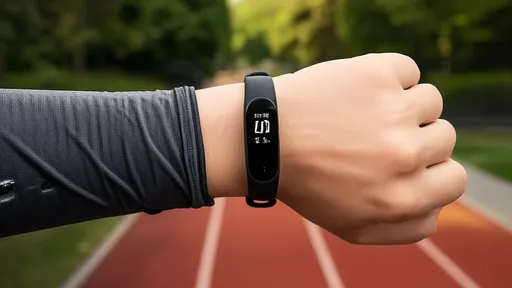
By /Jul 18, 2025

By /Jul 18, 2025

By /Jul 18, 2025
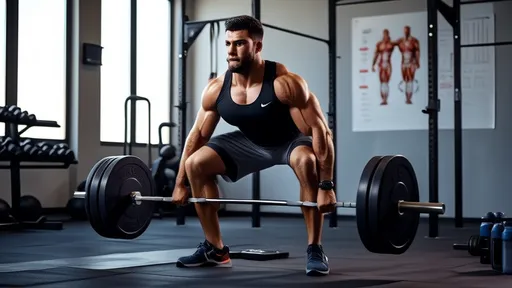
By /Jul 18, 2025

By /Jul 18, 2025

By /Jul 18, 2025

By /Jul 18, 2025
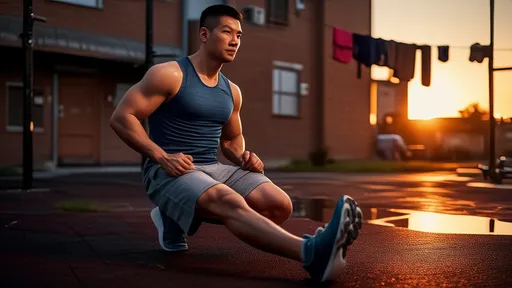
By /Jul 18, 2025

By /Jul 18, 2025

By /Jul 18, 2025

By /Jul 18, 2025
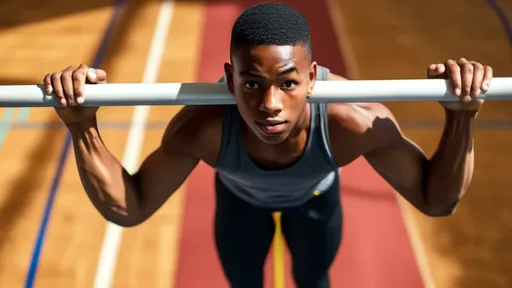
By /Jul 18, 2025
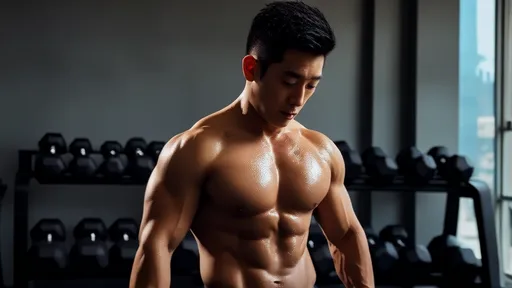
By /Jul 18, 2025
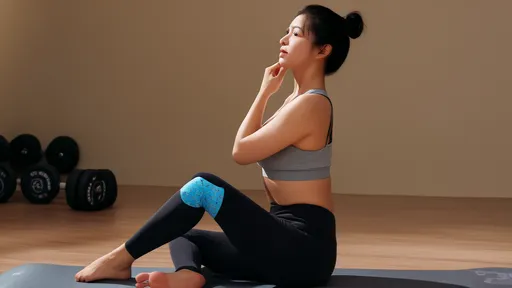
By /Jul 18, 2025

By /Jul 18, 2025
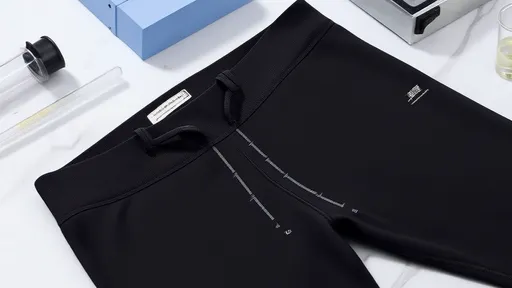
By /Jul 18, 2025

By /Jul 18, 2025